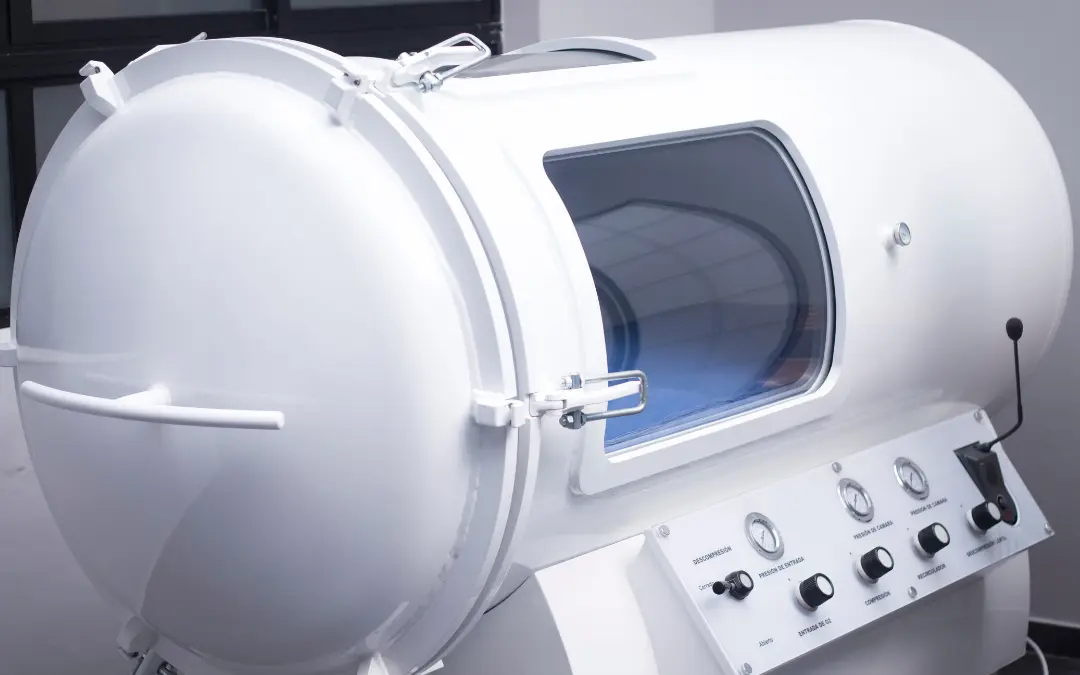August 26, 2023

Cerebral palsy, a chronic neurological condition arising from brain damage during early development, has long been a challenge for medical professionals. However, emerging research on Hyperbaric Oxygen Therapy (HBOT) is shedding light on new possibilities for managing this condition. In this article, we’ll delve into the promising potential of HBOT in improving the lives of individuals with cerebral palsy.
Cerebral palsy affects thousands of children globally, often resulting from brain injuries incurred during pregnancy, childbirth, or infancy. Its symptoms range from motor impairments to cognitive and sensory difficulties. Given the complexity of this condition and its various underlying causes, finding effective treatment options has been a constant pursuit for medical researchers.
Hyperbaric Oxygen Therapy (HBOT) involves exposing patients to 100% oxygen in a pressurized chamber, creating an environment where oxygen levels in the body significantly increase. This therapy has garnered attention due to its potential to enhance cerebral blood flow, promote tissue healing, and potentially alleviate some of the challenges associated with cerebral palsy.
Recent studies have explored the effects of HBOT on children with cerebral palsy, with promising outcomes. Some of these studies have demonstrated improvements in motor function, spasticity reduction, attention, language skills, and even cognitive abilities. Notably, improvements were often observed after a series of HBOT sessions, suggesting a cumulative benefit over time.
One study, led by Dr. Paul Harch, introduced HBOT to children with cerebral palsy. The results showed a remarkable decrease in spasticity and improvements in motor control, balance, and even intelligence. Additionally, studies conducted by the US Army and Cornell University exhibited positive changes in gross motor function and the overall quality of life in children treated with HBOT.
HBOT’s ability to increase oxygen levels in the body is believed to enhance tissue repair, reduce inflammation, and facilitate cellular communication. It is also suggested that HBOT might trigger oxygen signaling, even at low pressures, contributing to the observed benefits.
While the results of HBOT studies are encouraging, it’s important to note that further research is needed to establish its long-term effectiveness and optimal treatment protocols. The diversity of cerebral palsy cases demands a personalized approach to treatment, taking into account factors such as pressure levels, treatment duration, and individual patient responses.
Hyperbaric Oxygen Therapy holds promise as a potential adjunctive treatment for cerebral palsy. The evidence gathered from various studies suggests that HBOT might contribute to improved motor function, cognitive abilities, and overall quality of life for individuals with cerebral palsy. While it’s not a one-size-fits-all solution, the positive outcomes observed in research offer a glimmer of hope for those affected by this complex neurological condition. As the medical community continues to explore the realm of hyperbaric oxygen therapy, individuals with cerebral palsy and their families can look forward to a future with enhanced treatment possibilities and improved well-being.
Neubauer V., Neubauer R. & Harch P. (2011, May 12). Hyperbaric Oxygen Therapy in the Management of Cerebral Palsy. Harch HBOT. https://hbot.com/hyperbaric-oxygen-therapy-in-the-management-of-cerebral-palsy
Share on:
A free, open discussion group to explore hyperbaric oxygen therapy, compare home chamber brands, access expert info, and get exclusive member discounts.